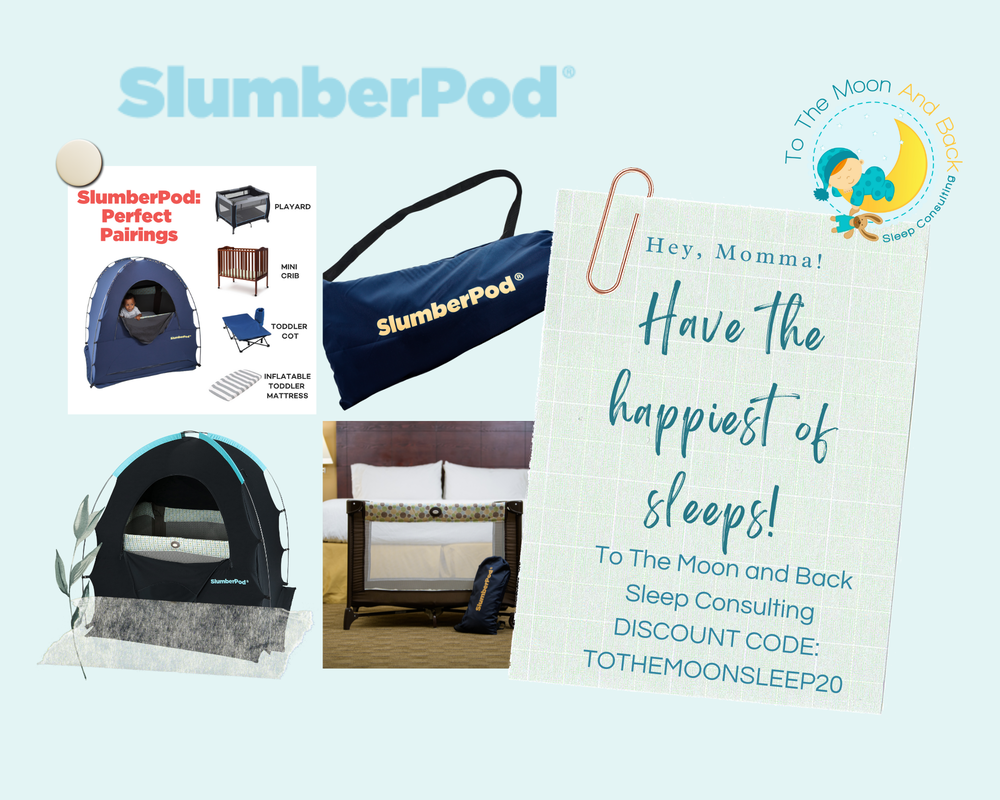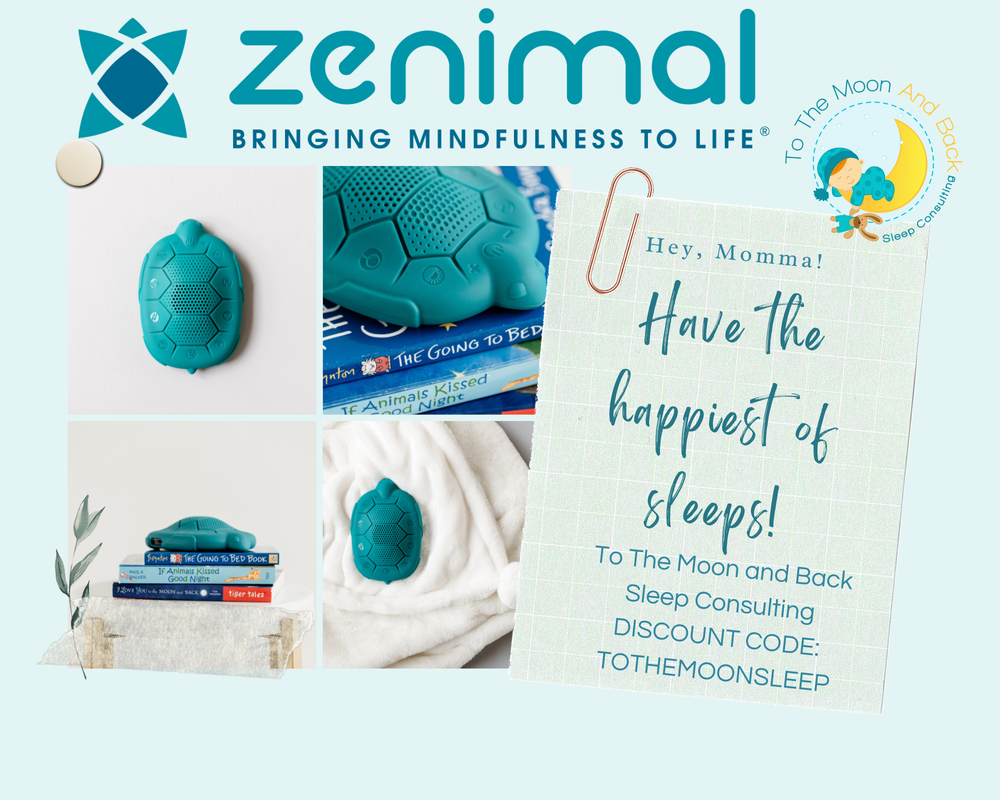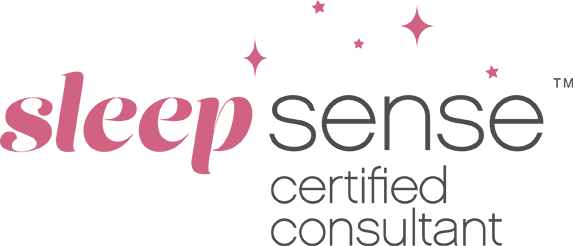Setting Boundaries: The Crucial Role of Consequences for Toddler and Pre-school Development11/1/2023 Introduction Navigating through the often turbulent waters of parenting can be both a joy and a challenge, especially during the developmental stages of toddlers and preschoolers. A significant facet of parenting during these crucial years revolves around implementing consequences and setting clear boundaries for young children. But why is this so important, and how does it impact a child’s development? What are Consequences? Consequences, in the realm of parenting and child development, refer to the outcomes or results that naturally follow a specific behaviour or action. They can be both positive and negative, intended to either encourage or discourage particular behaviours in children. For instance, a child might receive praise (a positive consequence) for sharing toys or experience a timeout (a negative consequence) for hitting a sibling. The Importance of Consequences 1. Development of Self-Regulation: Consequences help children develop self-regulation, which is pivotal for emotional, social, and cognitive development. A study by Eisenberg, Spinrad, and Eggum (2010) highlights the importance of self-regulation in early childhood for adaptability, social competence, and academic performance. 2. Understanding Cause and Effect: Consequences allow children to make the connection between their actions and outcomes, understanding the cause-and-effect relationship. This comprehension aids in developing reasoning skills and moral understanding (Kochanska, Aksan, Prisco, & Adams, 2008). 3. Establishing Security through Boundaries: Boundaries and consistent consequences offer a sense of security. Knowing the limits and what’s expected of them provides children with a safe, predictable environment in which they can explore and learn. Setting Boundaries with Compassion Implementing consequences doesn’t imply harshness. It is paramount to approach boundary-setting with understanding, clarity, and empathy. By explaining the reasons behind the boundaries and expressing love and reassurance even when enforcing consequences, children learn that while their behaviour might not be acceptable, they are always loved and valued. The Natural Outcome: Navigating Through Emotions It’s natural and healthy for children to exhibit a range of emotions in response to consequences, including sadness or frustration. Being upset about a consequence is a part of understanding its impact and making different choices in the future. As parents, it’s essential to validate their emotions and offer comfort while staying firm in enforcing boundaries. Dr. Becky Bailey, an expert in childhood education and developmental psychology, emphasizes the importance of recognizing and validating children’s emotions while maintaining consistency in enforcing consequences. Assuring Parents: Consistency is Key It’s crucial to acknowledge the emotional labour involved in consistent parenting. Enforcing consequences and watching your child navigate through those difficult emotions can be challenging. But remember, by doing so, you’re nurturing a secure and stable environment that will foster resilience and emotional intelligence in your child. Conclusion Implementing consequences and establishing clear boundaries for toddlers and preschoolers isn’t just a disciplinary action. It’s a carefully crafted tool that aids in sculpting their understanding of the world, enhancing their emotional intelligence, and fostering an environment where they can thrive and navigate through life’s challenges effectively. Rest assured, dear parents, your consistency and loving boundaries pave the way for their fruitful future. References Eisenberg, N., Spinrad, T. L., & Eggum, N. D. (2010). Emotion-related self-regulation and its relation to children’s maladjustment. Annual Review of Clinical Psychology, 6, 495–525. Kochanska, G., Aksan, N., Prisco, T. R., & Adams, E. E. (2008). Mother-child and father-child mutually responsive orientation in the first 2 years and children’s outcomes at preschool age: Mechanisms of influence. Child Development, 79(1), 30-44. Bailey, R. A. (2001). Conscious Discipline: 7 Basic Skills for Brain Smart Classroom Management. Oviedo, FL: Loving Guidance. AuthorErin Neri - Certified Pediatric Sleep Consultant and Owner of To The Moon and Back Sleep Consulting since 2016. Quick, without looking it up, what’s the opposite of “nocturnal?” We all know what nocturnal means, right? Animals that sleep in the day and do most of their activities at night, bats, owls, and raccoons being some familiar examples. It always surprises me that we’re not nearly as familiar with the term diurnal (that’s the answer, in case you didn’t know.) since, as humans, that’s what we are.
Our eyes don’t adapt to the dark all that well, we don’t have the echolocation skills of the bat, and we rely on the sun for our vitamin D. Since evolution is a painfully slow process, that’s the way it’s going to be for another couple million years, at least. But there are some really sweet benefits that come with being daytime creatures, and one of my favourites is a little thing called the circadian rhythm. The circadian rhythm, as you may already know, is the internal clock in the human body that prompts us to wake up in the morning and go to sleep at night, and much like a clock, it has a LOT of moving parts, only instead of gears and springs, it’s made up of stimuli and hormones. Two of these hormones are going to play the starring roles in our story, and those are melatonin and cortisol. If you’ve got a baby having a hard time sleeping, you have undoubtedly heard a lot about both of these guys. Melatonin is produced in the pineal gland of the brain, and its role is to help the body relax, both mentally and physically, and help us get to sleep and stay asleep. So when your baby gets an 11-12 hour stretch of glorious sleep, you can thank their pineal gland for firing up those melatonin pumps. But you can also thank the daylight because exposure to the sun stimulates melatonin production. Production, mind you. Not secretion. We’ll talk about that in a second, but the buildup of the hormone itself is stimulated by exposure to sunlight. So it’s not just an old wives tale. Getting your baby outside during the day really does help them sleep better at night! Once nighttime rolls around, the sun goes down, and our eyes stop taking in light, the brain responds by releasing those stores of melatonin that it built up during the day. That signals our muscles to relax, tells the brain to ease back on the thinking, and allows us to drift peacefully off to sleep, hopefully for a long, restful night. Come morning, the blue light from the sun starts to permeate the thin skin of our closed eyelids, signalling the brain that it’s time to get back into gear. After all, we’ve got hunting and gathering to do! So now our brain will help us get out of bed, shake off those cobwebs, and get on with our tasks for the day, and it will do that, in part, by telling our adrenal glands to pump out some cortisol. Now, cortisol gets a bad rap, in my opinion, because people associate it with stress. This is especially true if you have a baby at home because crying, stress, and cortisol all get packaged together in many modern conversations. “Baby’s crying? That’s because their cortisol levels are elevated, and it’s causing them stress. Or maybe it’s the other way around. They’re stressed, and that makes them cry, and that spikes their cortisol levels. Some combination of stress, cortisol, and crying. That’s your baby’s issue.” The truth is cortisol is a very beneficial hormone. It regulates metabolism, blood pressure, blood sugar, suppresses inflammation, and regulates the body’s stress response. It’s not some toxic stimulant that causes us to freak out. It has many benefits: it perks us up and keeps us alert during the day. This whole intricate dance between light and dark, cortisol and melatonin, awake and asleep, evolved over an incredibly long time, and it worked like magic up until, relatively speaking, very recently, when we discovered that we could pass an electric current along a filament and “artificially” illuminate our surroundings. Before that, we relied exclusively on fire, which emits very little blue light.
Depending on their hue, light bulbs emit quite a bit of it. And TVs, LEDs, computer monitors, iPads, smartphones, and all of those other screens that surround us today, absolutely flood our eyes with it. Unfortunately, all of that blue light coming at us in hours when we would normally be enveloped in darkness signals the brain that it’s still daytime and inhibits the release of melatonin, making it harder to get to sleep. Since we can’t reasonably get rid of all of the sources of blue light around us, the best thing to do for our little ones’ sleep is to turn off those really intense sources, like TVs and smartphones, a couple of hours before they go to bed, and make sure their sleeping area is as dark as we can get it. I’m talking real dark. Like, can’t see your hand in front of your face, kind of dark. Some blackout blinds can be a game changer, especially if you live somewhere where the days get exceptionally long in the summer. So that’s the story of the circadian rhythm and its daily heroic effort to keep us running at peak performance. It really is a fascinating little piece of our physiology, and with just a little support from our side, it can work wonders in getting us out of bed with energy and enthusiasm and helping us feel relaxed and peaceful when it’s time to sleep. Work with it instead of resisting it, and I guarantee you’ll start seeing and feeling the results immediately. |
To The Moon and Back Sleep ConsultingProviding families the tools & support they need to get their little ones sleeping through the night and napping like champs! Everyone has more fun when they are well rested! Visit Wollino - Discount Code: TOTHEMOONANDBACK10
Browse
All
|
All information provided on this website, including texts, images, and other materials, are for informational purposes only and should not be considered a replacement for assessment or treatment by a healthcare provider.
© COPYRIGHT 2016-2024 TO THE MOON AND BACK SLEEP CONSULTING. ALL RIGHTS RESERVED. WAKING GIRL WEB DESIGN
© COPYRIGHT 2016-2024 TO THE MOON AND BACK SLEEP CONSULTING. ALL RIGHTS RESERVED. WAKING GIRL WEB DESIGN


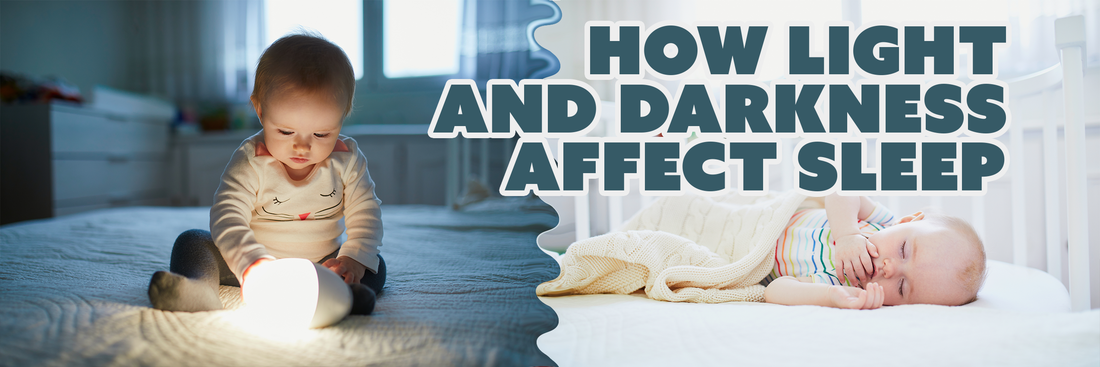



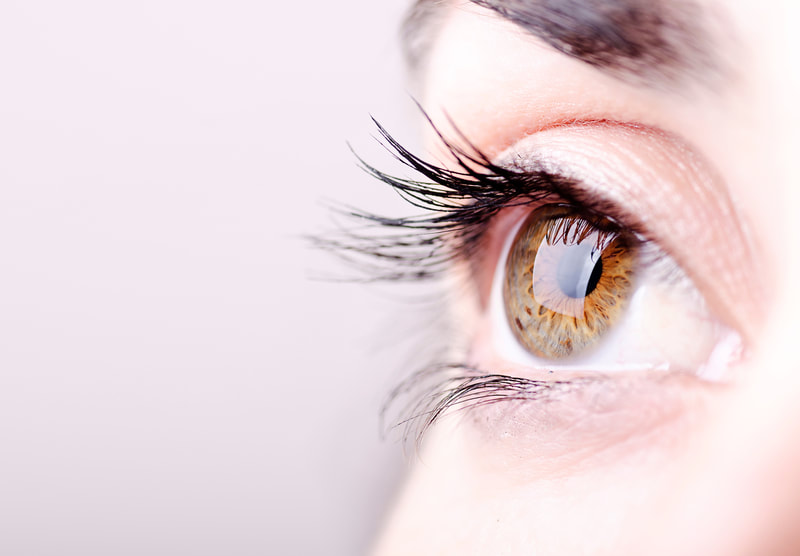
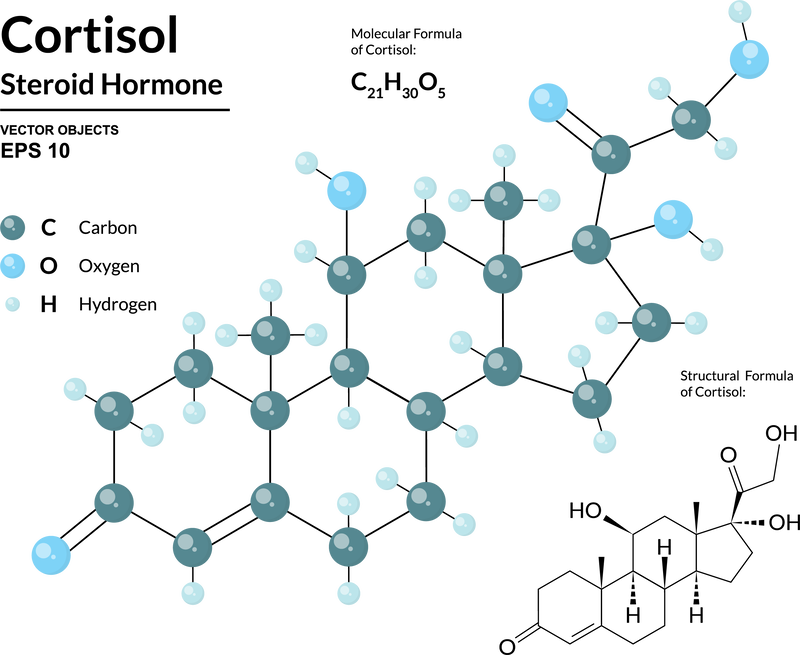

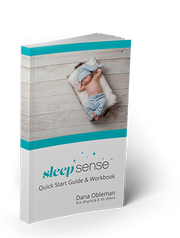



 RSS Feed
RSS Feed
